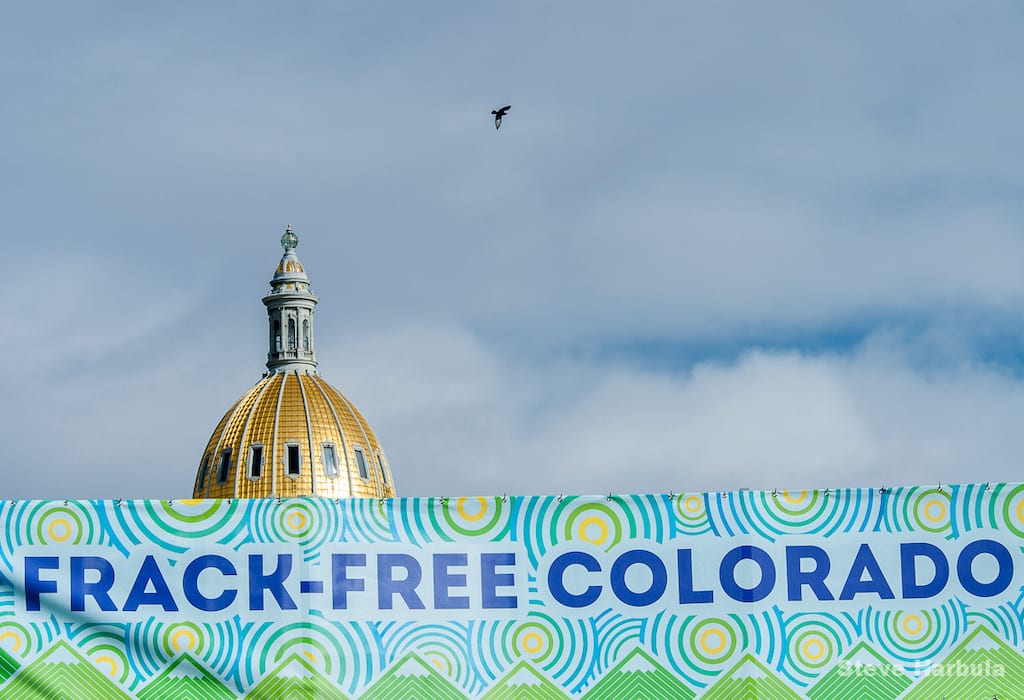
While Colorado has made bold commitments to reduce greenhouse gas emissions, if Governor Jared Polis overlooks the full carbon footprint of the oil and gas industry, the state stands to fall short of achieving meaningful climate action.
Implementing the Colorado Climate Action Plan
This week, officials with the Governor’s Office, Department of Public Health and Environment, and Energy Office are set to unveil a roadmap for meeting the state’s ambitious climate goals.
The briefing comes as the Air Commission will develop rules to implement House Bill 19-1261, otherwise known as the Colorado Climate Action Plan to Reduce Pollution. The Plan sets three key goals for reducing climate pollution:
- Achieve a 26% reduction (below 2005 levels) in statewide greenhouse gases by 2025;
- Then achieve a 50% reduction in emissions by 2030; and
- Finally achieve a 90% reduction in emissions by 2050.
Without a doubt, these are aggressive goals. Achieving them is exactly the bold action needed to confront the climate crisis right now.
However, if Governor Polis and the Air Commission aren’t careful, any statewide climate gains could be erased in the face of ramped up fracking.
The reason: Colorado is a huge exporter of oil and gas.
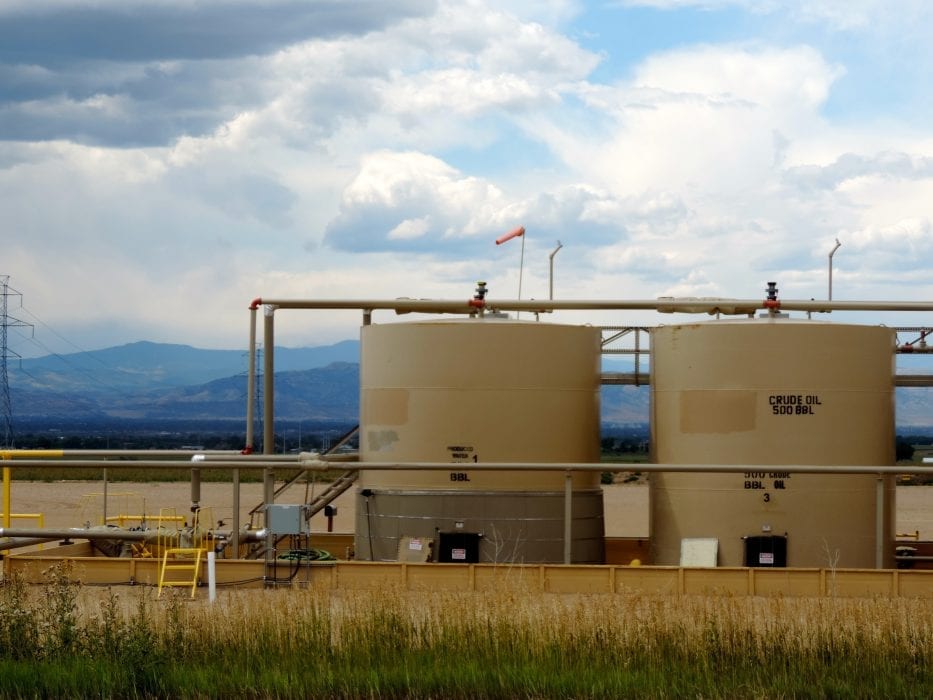
Oil well near Windsor, Colorado along the Front Range.
Colorado’s Outsized Climate Footprint
While accurate numbers are tough to find, recent reports indicate more than 90% of the state’s produced oil and two-thirds of all gas is shipped out of state for processing, refining, and burning.
That means Colorado has an outsized climate footprint that extends far beyond its state lines. But just how big is this footprint?
We can calculate that using factors developed by the U.S. Environmental Protection Agency that estimate how much lifecycle carbon pollution (i.e., from production to consumption) is tied to oil and gas production.
According to these factors:
- For every barrel of oil produced, 0.43 metric tons of carbon dioxide is ultimately released.
- And for every thousand cubic feet of gas produced, 0.0551 metric tons of carbon is ultimately released.
Doing some math, we can see how much climate pollution Colorado exports as it pipes, trucks, and otherwise ships oil and gas out of state.
Let’s take oil and gas production in 2018.
According to a query of Colorado Oil and Gas Conservation Commission production data, companies sold more than 176 million barrels of oil and more than 2.2 billion thousand cubic feet (i.e., 2.2 trillion cubic feet) of gas in 2018, an unprecedented amount.
Crunch the numbers and that adds up to nearly 200 million metric tons of carbon dioxide emission.
Based on projections for 2019, where even higher levels of production are expected, we’ll likely see emissions associated with oil and gas production exceed 200 million metric tons.
The table below shows total production by year and estimated carbon emissions.

Total carbon emissions associated with oil and gas production in Colorado in 2018 and 2019 (projected).
To put this all into perspective, Colorado’s most recent greenhouse gas inventory report discloses that in 2015, total statewide emissions from ALL sectors amounted to nearly 127 million metric tons of carbon.
By 2020, regulators project statewide emissions of a little over 125 million metric tons of carbon.
That means oil and gas production is responsible for nearly twice as much climate pollution as all other sources of emissions within the state of Colorado.
Also to put this into perspective, according to the Environmental Protection Agency’s greenhouse gas equivalency calculator, 200 million metric tons of carbon equals the amount of climate pollution released every year by 51 coal-fired power plants.
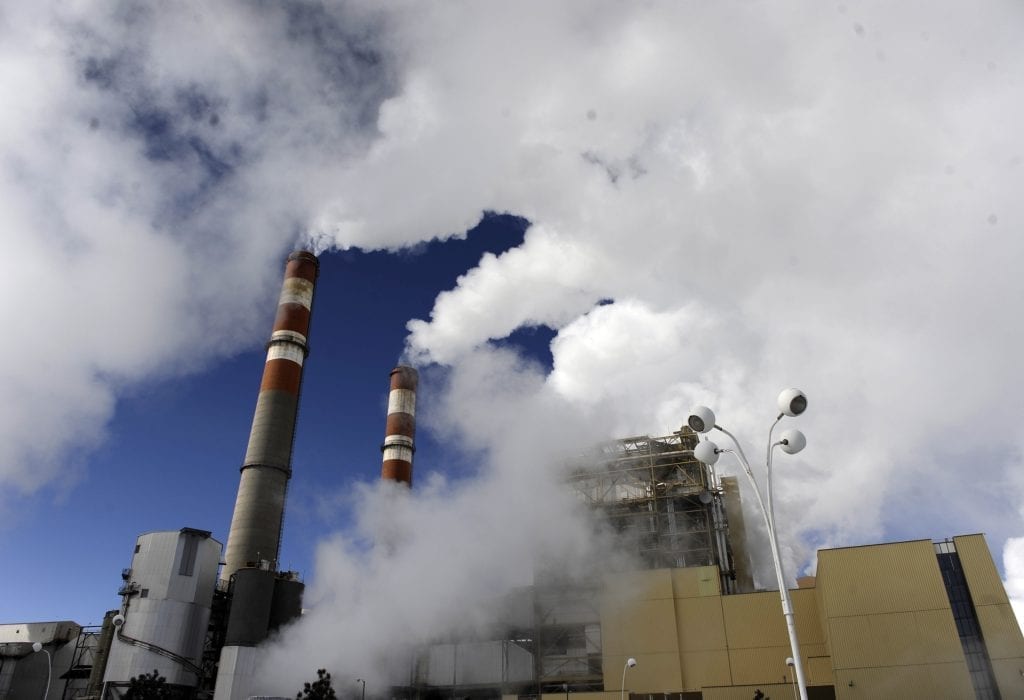
Colorado’s oil and gas industry is responsible for as much climate pollution as more than 50 coal-fired power plants.
Now it’s true, not all oil and gas produced is shipped out of state to be burned.
Yet with more than 90% of oil and the vast majority of all gas exported, it still means statewide emissions pale in comparison to the climate footprint of the oil and gas industry.
Confronting Colorado’s Full Climate Impacts
This means at current rates of fracking, even if Colorado achieves its greenhouse gas reduction goals, it will still be responsible for a huge amount of climate pollution.
Any climate action plan that refuses to acknowledge this or do anything about it would be an utter failure.
So what can Governor Polis and the Air Quality Control Commission do?
Even though Colorado’s Climate Action Plan is based on statewide greenhouse gas reductions, it doesn’t mean that regulators can’t prioritize opportunities to reduce emissions that lead to reductions in oil and gas emissions even outside the state.
For example, the Air Commission could prioritize setting rules that actually decrease the level of oil and gas production in Colorado, such as through a declining cap on emissions and an offsetting program.
Last May, WildEarth Guardians and its partners urged the Commission to do just that.
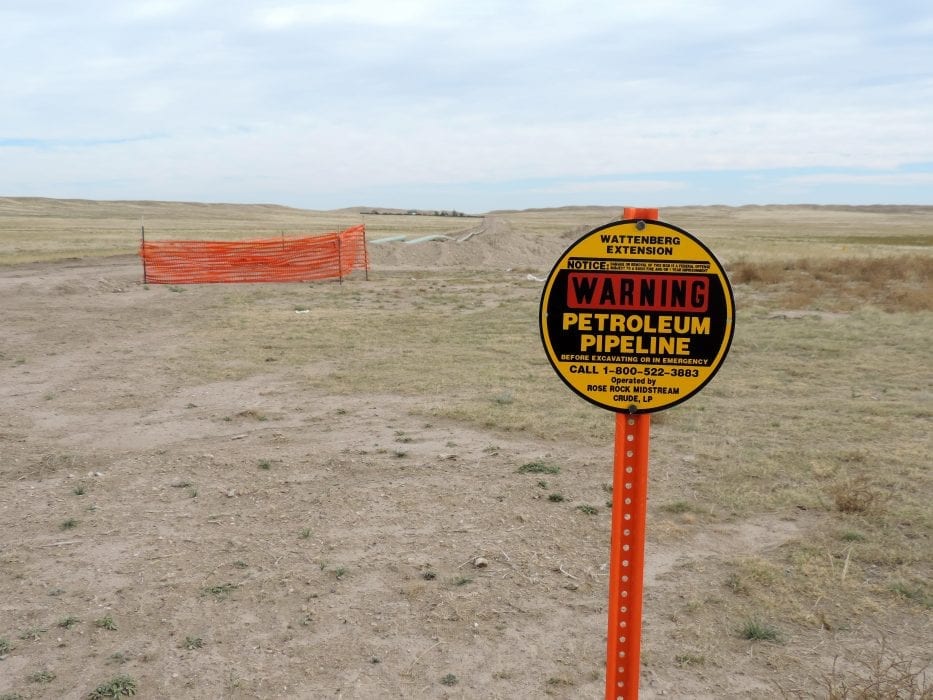
Oil pipeline north of Denver sending crude out of state.
And it doesn’t mean that regulators can’t start to disclose total lifecycle oil and gas industry emissions associated with oil and gas production.
In fact, last August WildEarth Guardians called on Colorado officials to begin disclosing these emissions in order to inform the public and drive better policy development.
Ultimately, Governor Polis and the Air Quality Control Commission have to acknowledge the need to wind down and ultimately phase out oil and gas extraction in the state.
That may be a tough political pill to swallow, but to do otherwise is nothing short of climate denial. The reality is, Colorado can’t frack its way to a safe climate.
A Healthy Move
Helping Colorado transition away from oil and gas production wouldn’t just be good for the climate, it stands to greatly improve the state’s air quality and health.
Along the Front Range “unacceptable” levels of oil and gas industry air pollution have pushed ground-level ozone concentrations to dangerous highs. Ozone, which is a key ingredient of smog, is such a serious problem along the Front Range that the Environmental Protection Agency is set to sanction Colorado for failing to comply with health standards.
And most recently, a Colorado-sponsored study confirmed that significant health risks exist for those in close proximity to oil and gas well sites.
The study underscores that reining in fracking near homes and communities will safeguard public health. In doing so, it will also keep greenhouse gases in check.
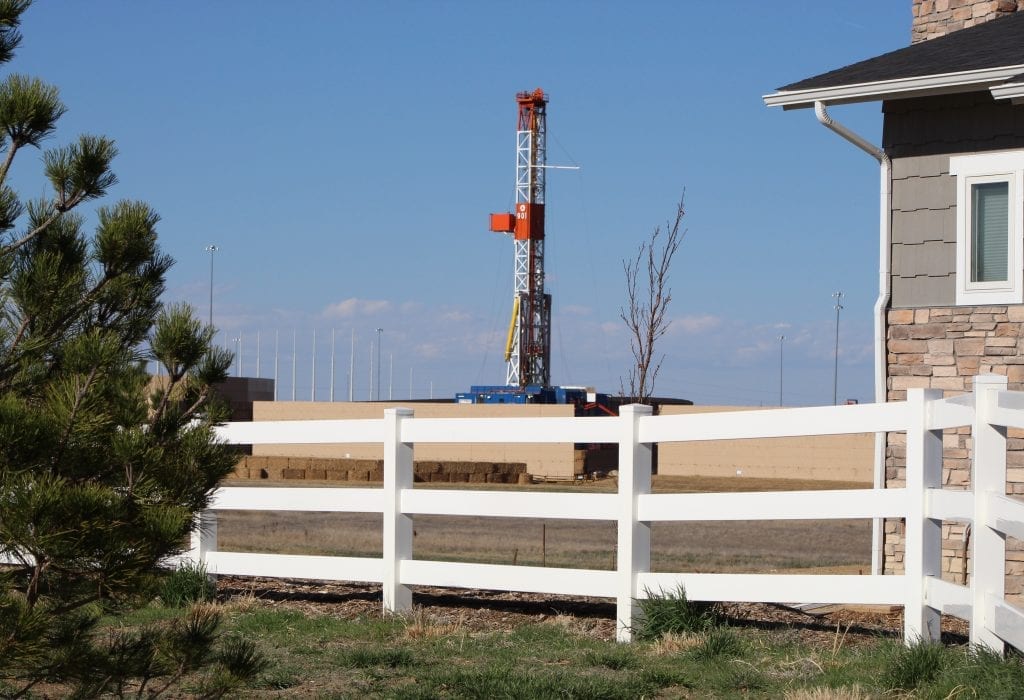
Fracking site in Broomfield, Colorado near homes.
A Call to Action
WildEarth Guardians and its partners are calling on Governor Polis and the Colorado Air Quality Control Commission to clamp down on fracking and help the state transition from oil and gas.
However, we need your help to make this happen! If you haven’t yet, sign the petition today and tell Colorado’s Governor and the Air Commission that they need to clamp down on the oil and gas industry and rein in their toxic pollution.
And stay plugged into our Colorado for Clean Air Campaign and our efforts to tackle the oil and gas industry’s toxic, climate destroying air pollution. Sign up today to be a Clean Air Guardian!
If Colorado has any chance of meaningfully confronting the climate crisis, it has to rein in fracking and oil and gas extraction.